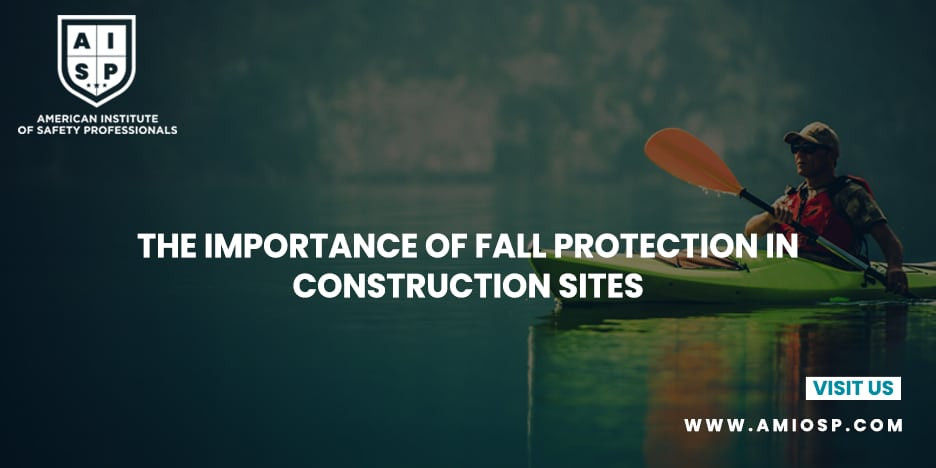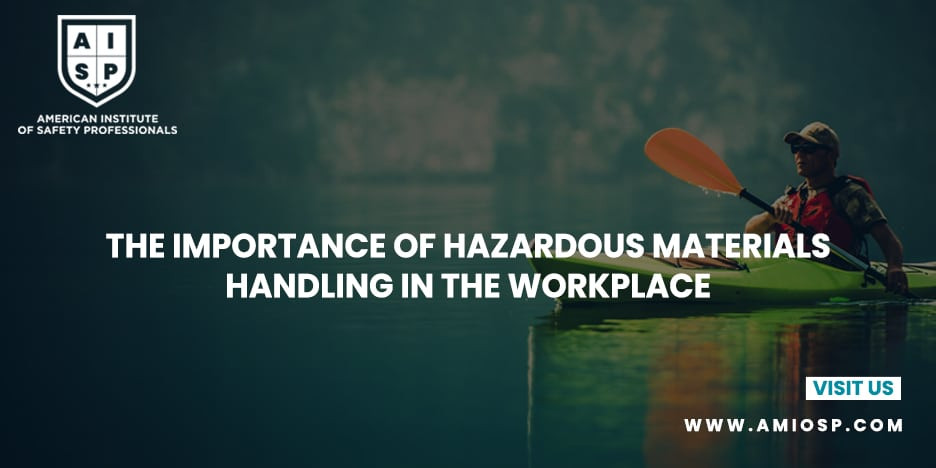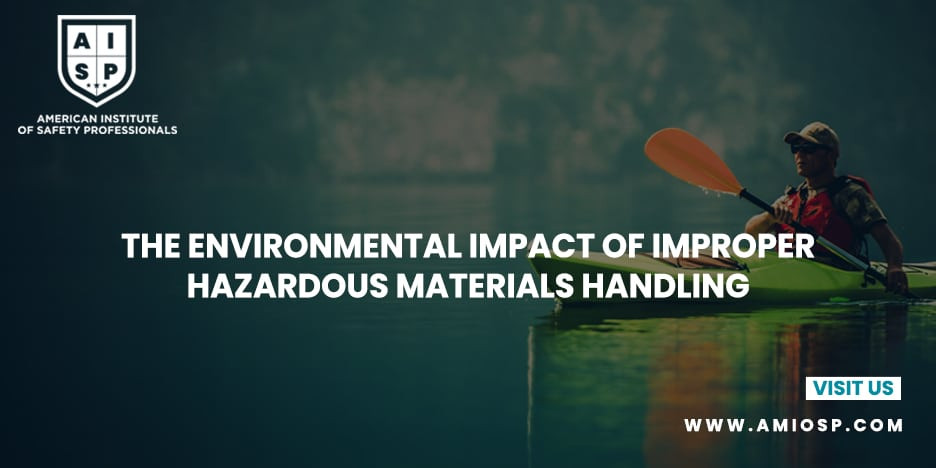Construction sites are dynamic and challenging work
environments that require a high level of safety precautions. Among the various
hazards present at these sites, falls from heights are one of the leading
causes of injuries and fatalities. It is imperative for construction companies
and workers to prioritize fall protection measures to ensure the safety and
well-being of everyone involved. This blog post will delve into the importance
of fall protection in construction sites and highlight the key aspects of an
effective fall protection program.
Understanding the Risks
Working at heights exposes construction workers to
significant risks. Whether it's working on scaffolds, ladders, roofs, or
elevated platforms, a single moment of carelessness can lead to severe injuries
or even death. Falls can occur due to various factors such as slippery
surfaces, unstable structures, inadequate guardrails, improper use of personal
protective equipment (PPE), or lack of training and awareness.
The Human and Financial Toll
The consequences of falls on construction sites are not
limited to physical injuries; they also have a profound emotional and financial
impact. Workers who experience falls often suffer from long-lasting physical
disabilities, psychological trauma, and decreased quality of life. Families
bear the emotional burden, while companies face significant financial losses
due to medical expenses, legal liabilities, project delays, and increased
insurance premiums.
Legal Obligations and Regulations
Recognizing the severity of the problem, regulatory bodies
have implemented stringent laws and regulations to ensure the safety of workers
in the construction industry. In many countries, compliance with fall protection
standards is not only an ethical responsibility but also a legal obligation.
Construction companies must familiarize themselves with these regulations and
incorporate them into their safety programs to avoid penalties and protect
their workers.
Implementing an Effective Fall Protection Program
To mitigate fall hazards effectively, construction companies
should adopt a comprehensive fall protection program that encompasses the
following key elements:
1. Risk Assessment: Conduct a thorough assessment of
the worksite to identify potential fall hazards. This includes evaluating the
nature of the tasks, the height of the work, and the equipment required. By
understanding the specific risks, appropriate preventive measures can be
implemented.
2. Engineering Controls: Employ engineering controls
such as guardrails, barriers, and safety nets to prevent falls from occurring.
These physical barriers act as the first line of defense and help create a
safer working environment.
3. Personal Protective Equipment (PPE): Provide
workers with suitable PPE, including harnesses, lanyards, and anchor points, to
protect them in case of a fall. Regular inspections and maintenance of PPE are
crucial to ensure their reliability and effectiveness.
4. Training and Education: Proper training and
education are essential components of any fall protection program. Workers
should be educated on the risks associated with working at heights, trained in
the correct use of equipment, and informed about emergency procedures. Ongoing
training and refresher courses help reinforce safety practices.
5. Supervision and Accountability: Effective
supervision plays a critical role in enforcing safety protocols. Supervisors
must monitor work practices, ensure compliance with safety regulations, and
promptly address any violations. Implementing a culture of accountability helps
create a safe work environment where everyone is responsible for their actions.
6. Regular Inspections and Audits: Conduct regular
inspections and audits to identify potential hazards and ensure that safety
measures are being followed. Prompt corrective actions should be taken to
address any identified deficiencies or deviations from safety protocols.
7. Continuous Improvement: Safety should be an
ongoing process of improvement. Companies should encourage workers to provide
feedback and suggestions for enhancing safety practices. Regular evaluation of
the fall protection program will enable the identification of areas that
require improvement and help foster a culture of continuous learning and
development.
Conclusion
The importance of fall protection in construction sites
cannot be overstated. It is a matter of life and death for workers, and it is
the responsibility of construction companies to prioritize their safety. By
implementing a comprehensive fall protection program that includes risk
assessments, engineering controls, appropriate PPE, training, supervision,
inspections, and continuous improvement, construction companies can
significantly reduce the risk of falls and create a safer work environment.
Investing in fall protection not only protects the physical
well-being of workers but also contributes to the overall success and
reputation of construction companies. By prioritizing safety, companies
demonstrate their commitment to their employees and the community. Remember,
when it comes to fall protection, there is no room for compromise. Safety
should always come first, ensuring that every worker returns home safely at the
end of the day.











0 comments
No Comments